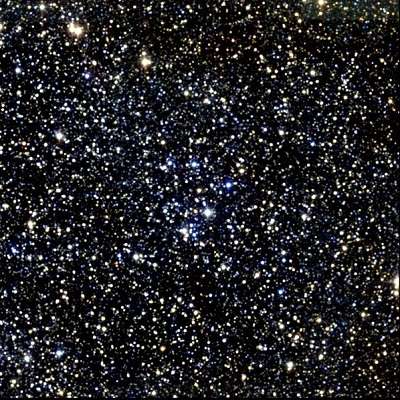M18 | NGC 6613 | Open Cluster | Sagittarius | 4,900 Light Years Away
Messier 18 is an open star cluster situated in the constellation Sagittarius, discovered by Charles Messier in 1764. Located approximately 4,900 light-years away from Earth, this celestial assembly is part of the Sagittarius Arm of the Milky Way. Messier 18 is a relatively young cluster, with an estimated age of around 32 million years, and it spans a region of about 17 light-years in diameter.
The stars within Messier 18 display a diverse range of colors, indicating variations in temperature and composition. These stars are gravitationally bound and formed from the same interstellar cloud of gas and dust, making them members of the same stellar family. Despite being less prominent than some other open clusters, Messier 18 remains an intriguing target for astronomers studying the dynamics of star formation and the properties of young stellar groups within our galaxy.
Observations of Messier 18 contribute to our understanding of the formation and evolution of open clusters, shedding light on the processes that govern the birth and development of stars. The study of such stellar groupings provides valuable information about the conditions and environments in which stars are born, as well as the factors influencing their subsequent evolution. Messier 18, with its relatively youthful stellar population, adds to the tapestry of knowledge about the ongoing processes of star birth and the intricate dynamics of the Milky Way.

